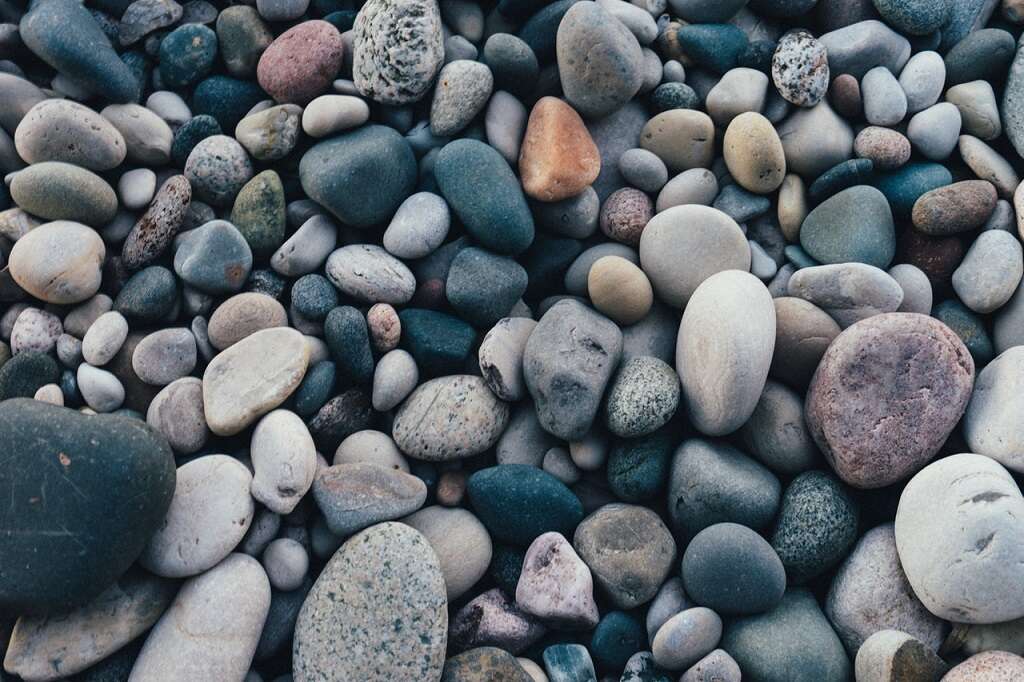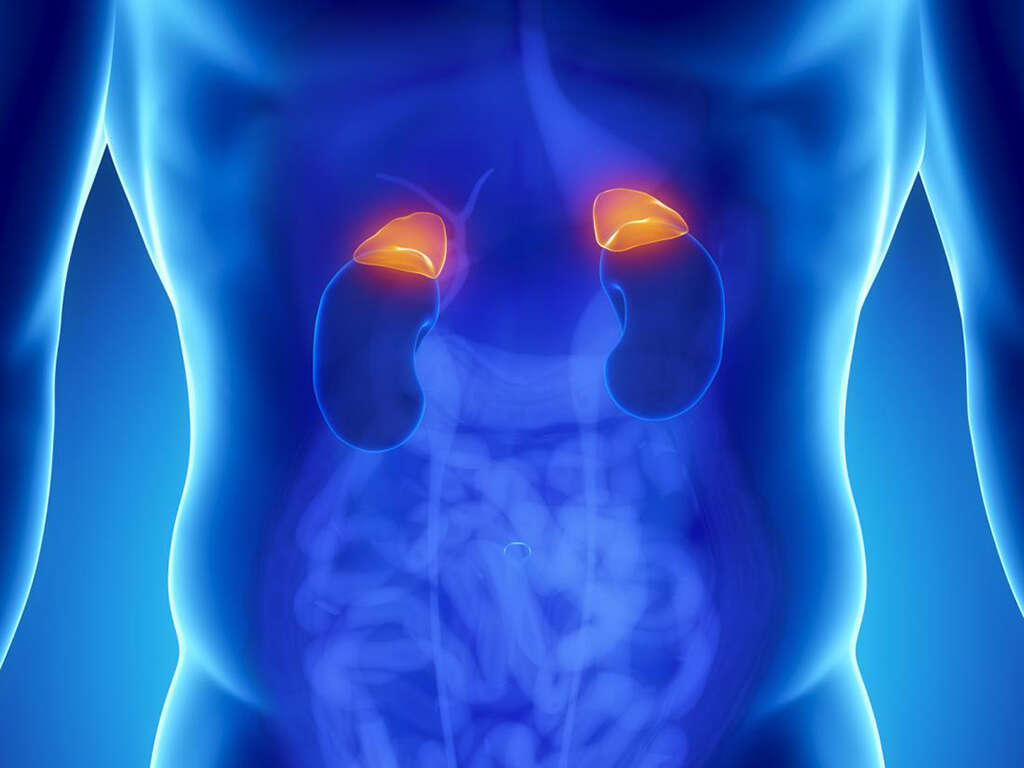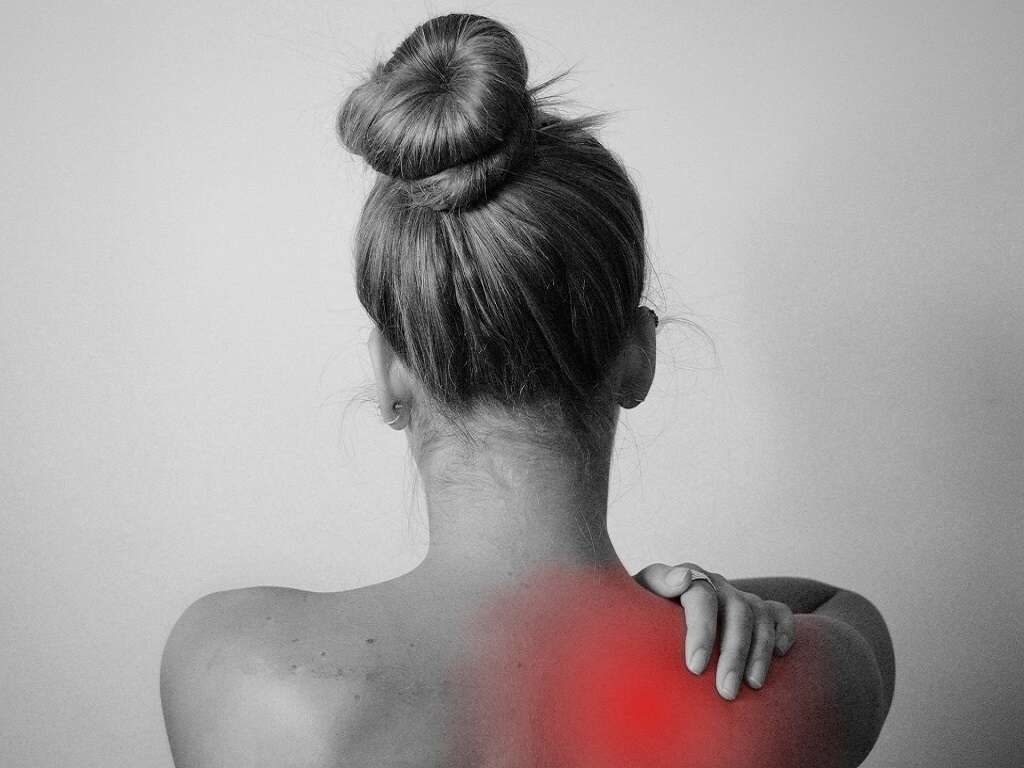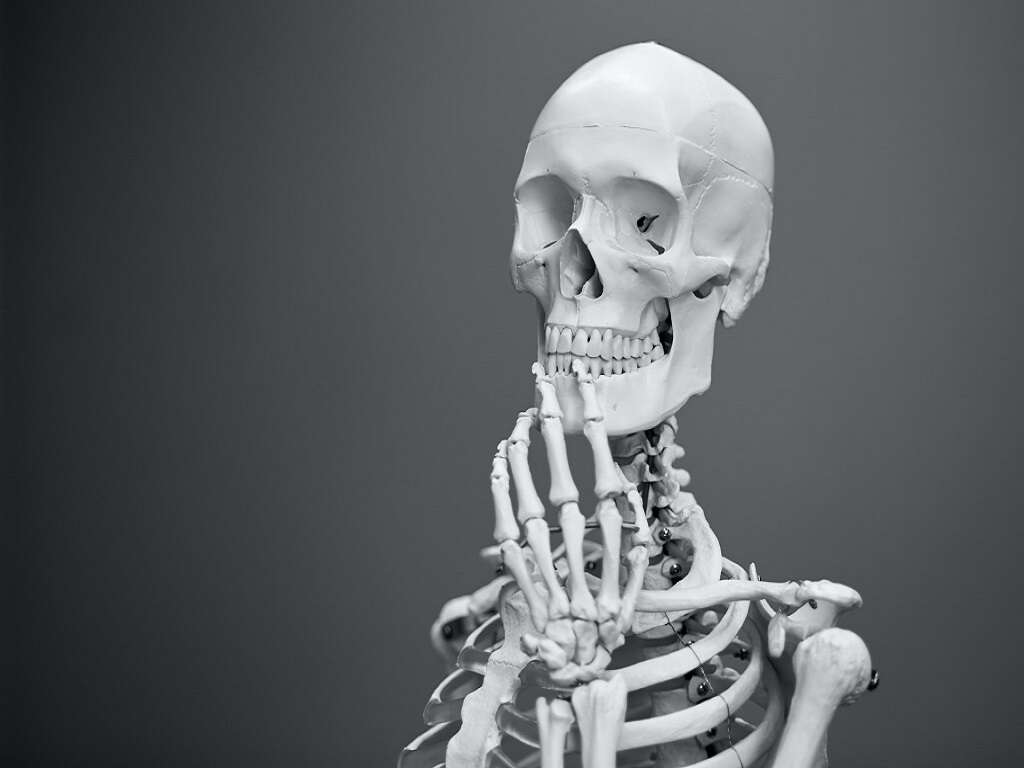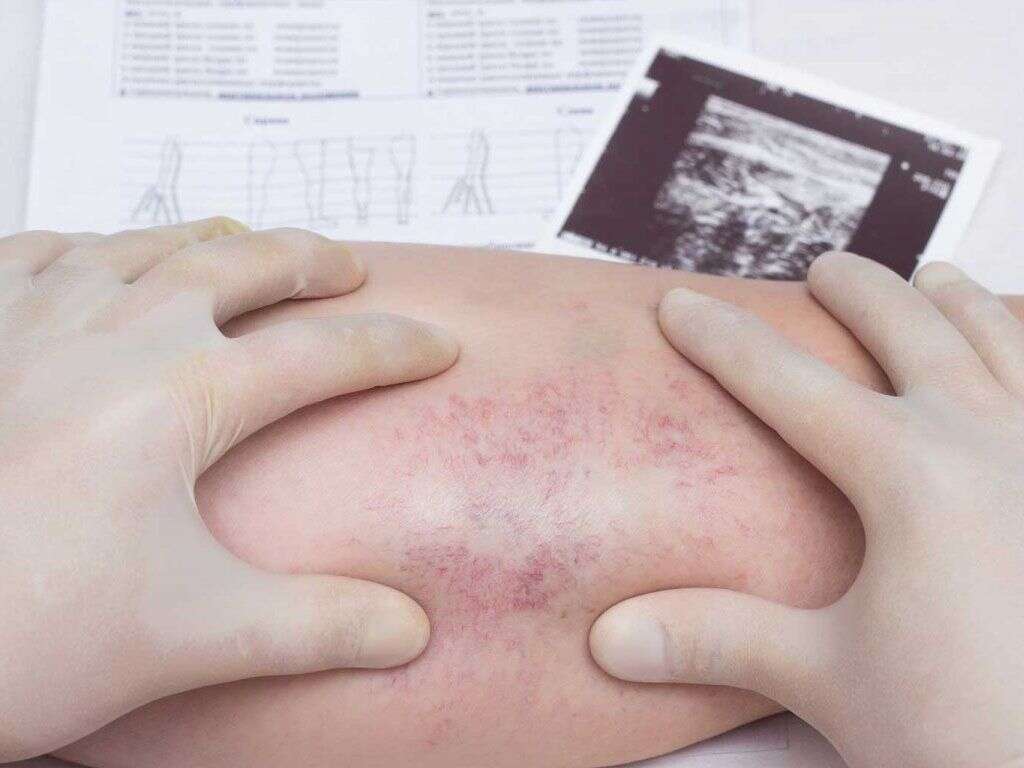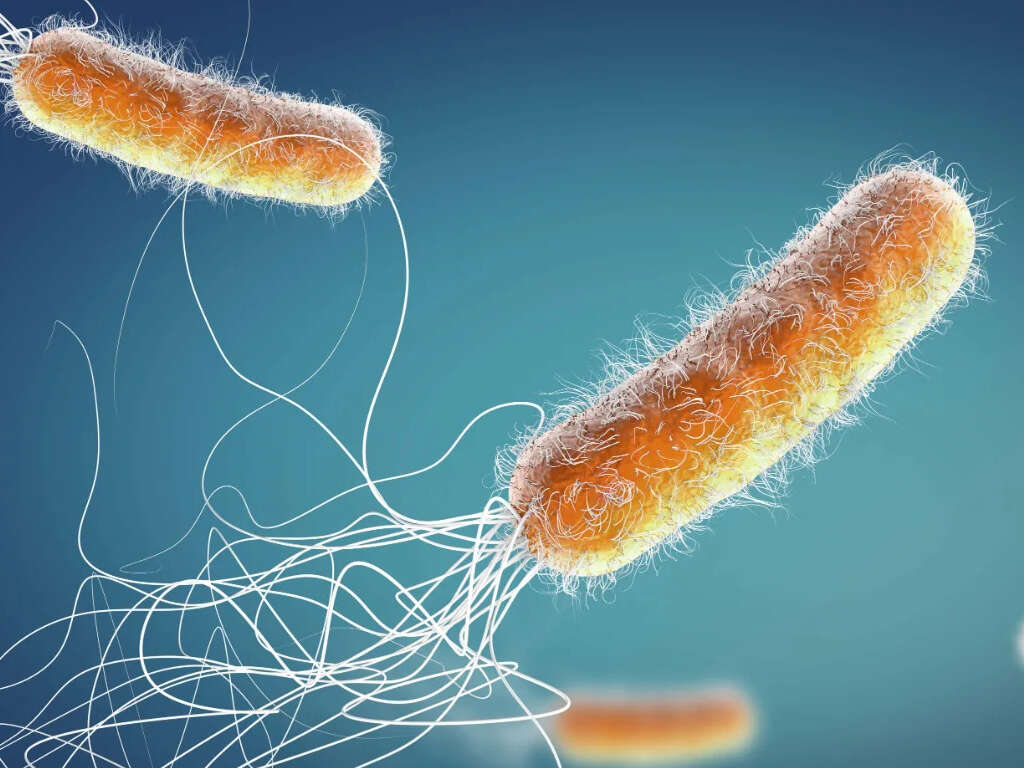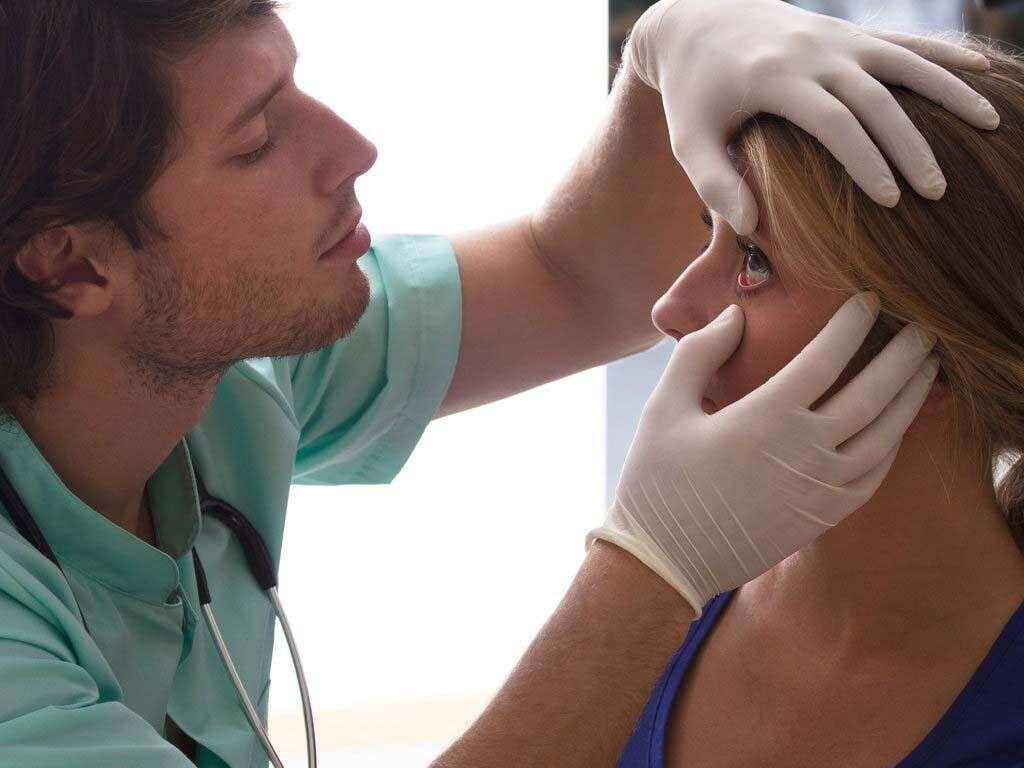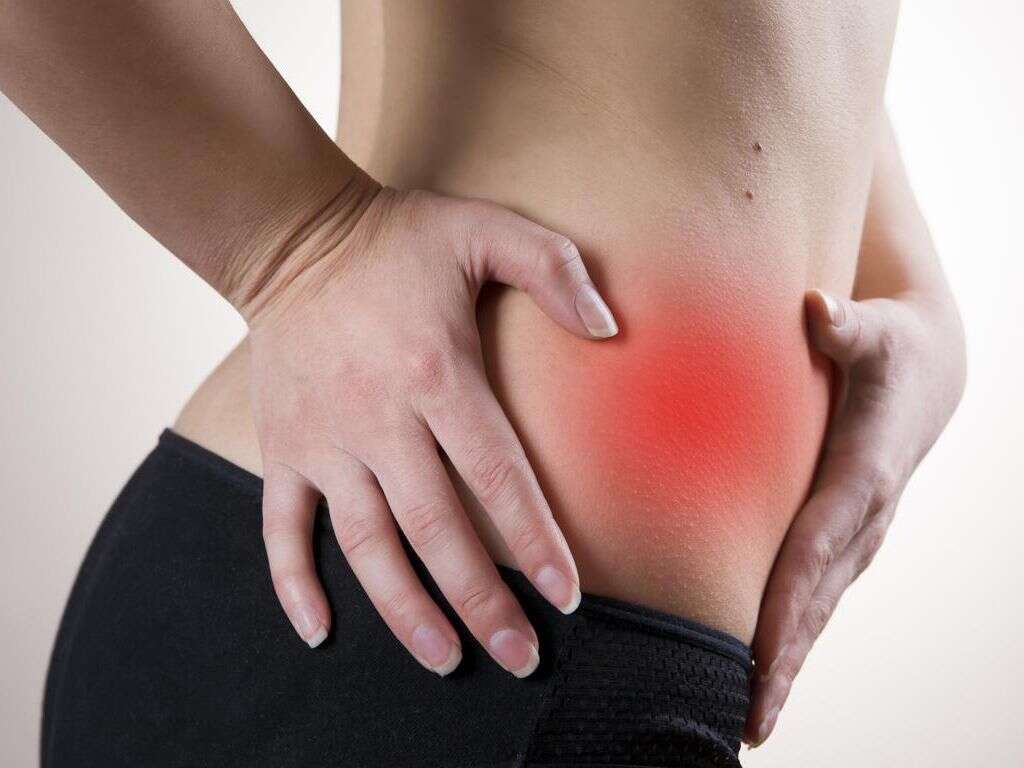Sialadenitis Definition, Causes and More
 Article Sources
Article Sources
- 1. 'Sialadenitis.' NORD (National Organization for Rare Disorders), rarediseases.org/rare-diseases/sialadenitis.
- 2. 'Sialadenitis.' Genetic and Rare Diseases Information Center, U.S. Department of Health and Human Services, 8 Nov. 2016, rarediseases.info.nih.gov/diseases/7638/sialadenitis.
- 3. Duong, Lucas T., et al. 'Management of Anterior Submandibular Sialolithiasis.' Journal of Oral Medicine and Oral Surgery, vol. 25, no. 2, 2019, p. 16., doi:10.1051/mbcb/2018039.
- 4. 'Sjogren Syndrome.' Genetic and Rare Diseases Information Center, U.S. Department of Health and Human Services, 2016, rarediseases.info.nih.gov/diseases/10252/sjogren-syndrome.
- 5. Dodds, Michael, et al. 'Saliva A Review of Its Role in Maintaining Oral Health and Preventing Dental Disease.' Nature News, Nature Publishing Group, 25 Sept. 2015, www.nature.com/articles/bdjteam2015123.
- 6. Wilson, Kevin F., et al. 'Salivary Gland Disorders.' American Family Physician, 1 June 2014, www.aafp.org/afp/2014/0601/p882.html.
3. Internal Causes
Sialolithiasis occurs when calculi, which are little mineral lumps, form in the salivary glands. It is the cause in 50 percent of benign sialadenitis cases, as the stones can block salivary ducts, which inhibits flow. Treatment of sialolithiasis is surgical in nature, and the prognosis is good as long as the condition is caught early.3Duong, Lucas T., et al. ‘Management of Anterior Submandibular Sialolithiasis.’ Journal of Oral Medicine and Oral Surgery, vol. 25, no. 2, 2019, p. 16., doi:10.1051/mbcb/2018039.
Finally, a rarer cause of sialadenitis can be cancer, which may occur on the salivary gland itself or surrounding tissues. Usually painless, it feels like a hard, firm lump.
Advertisement
